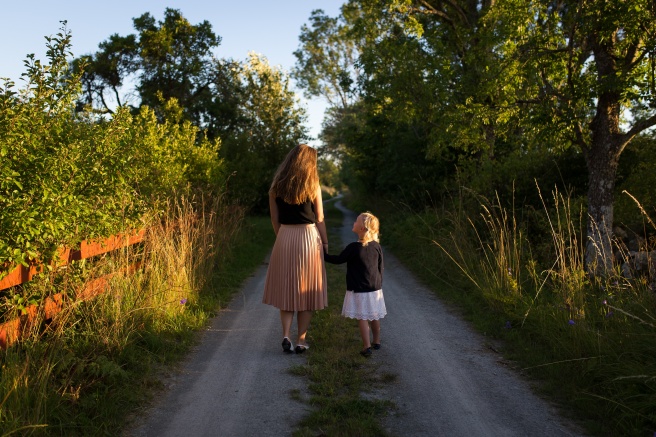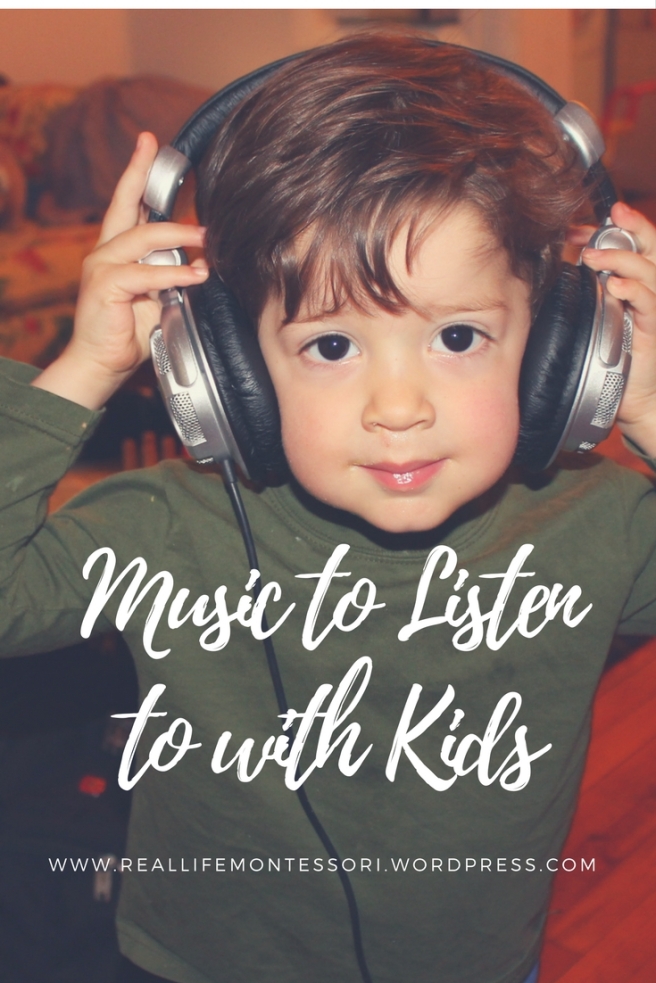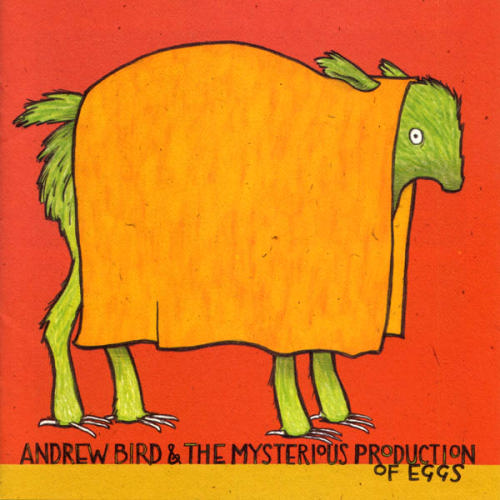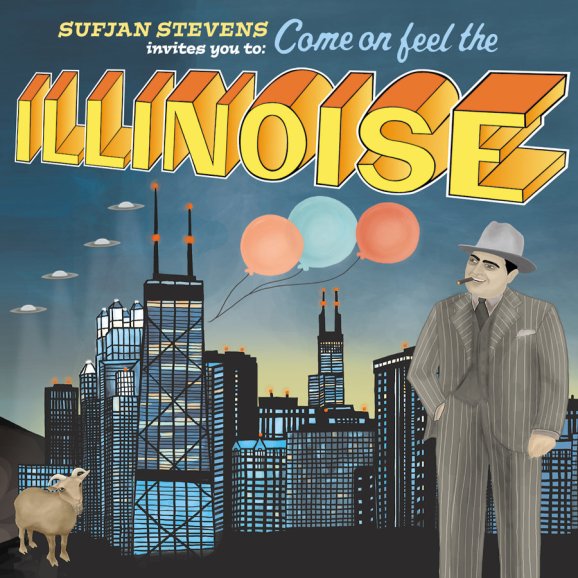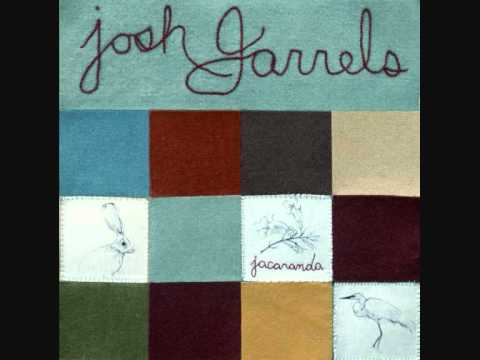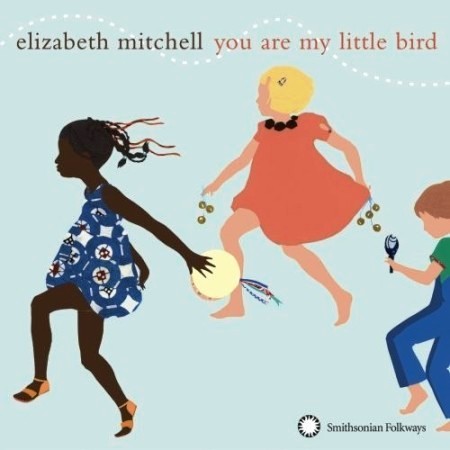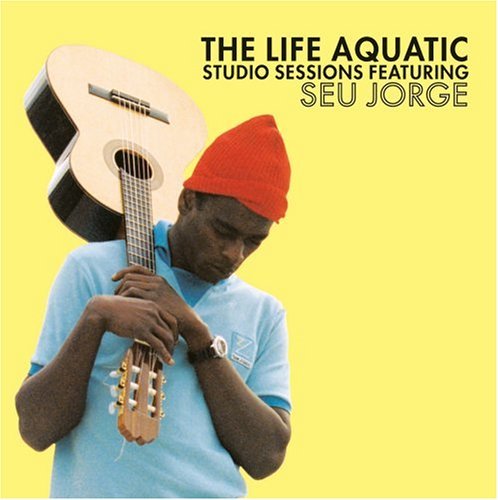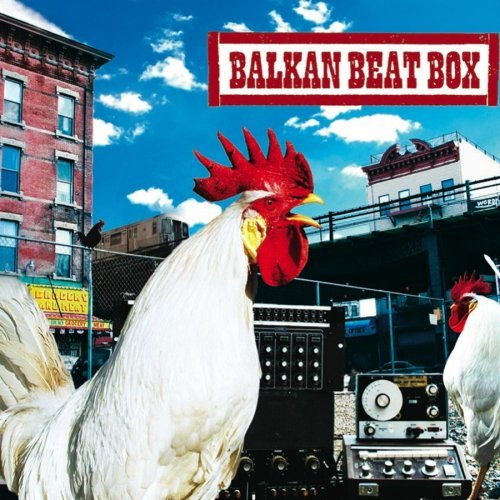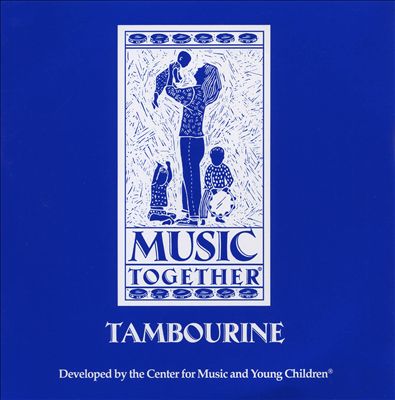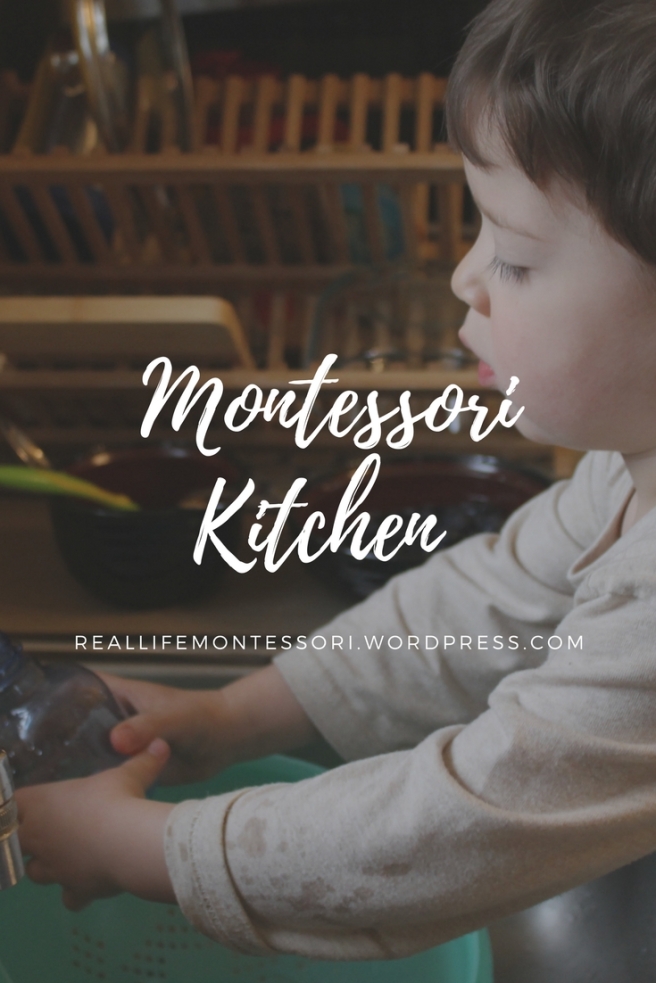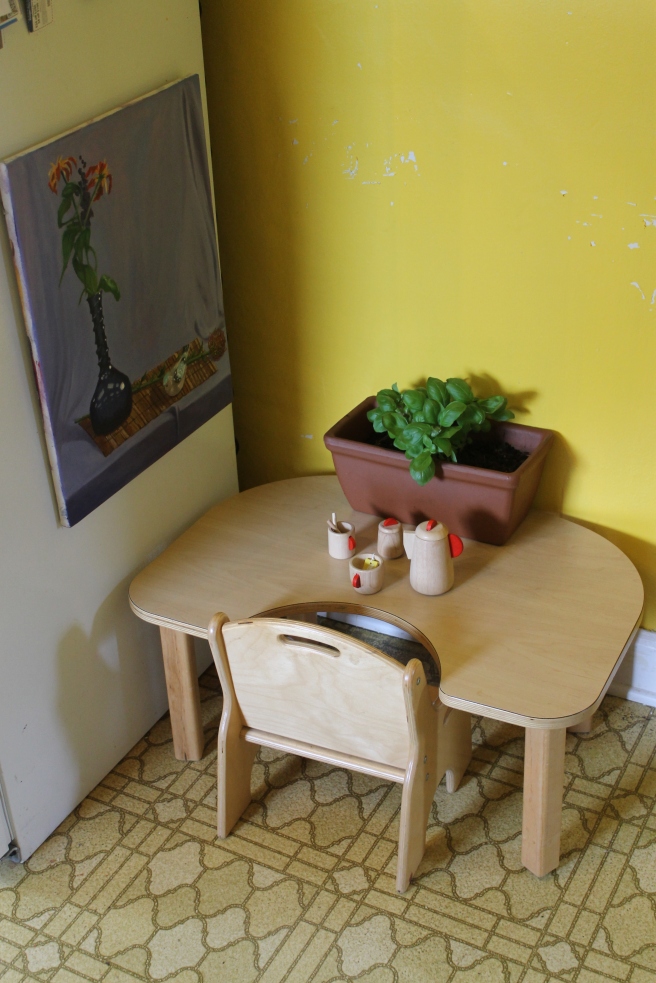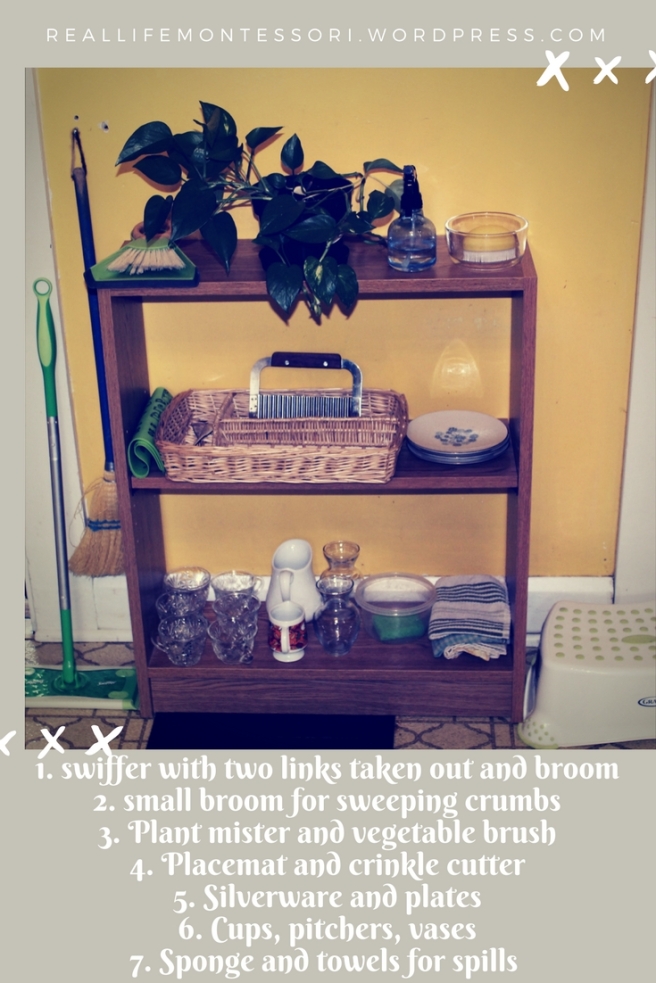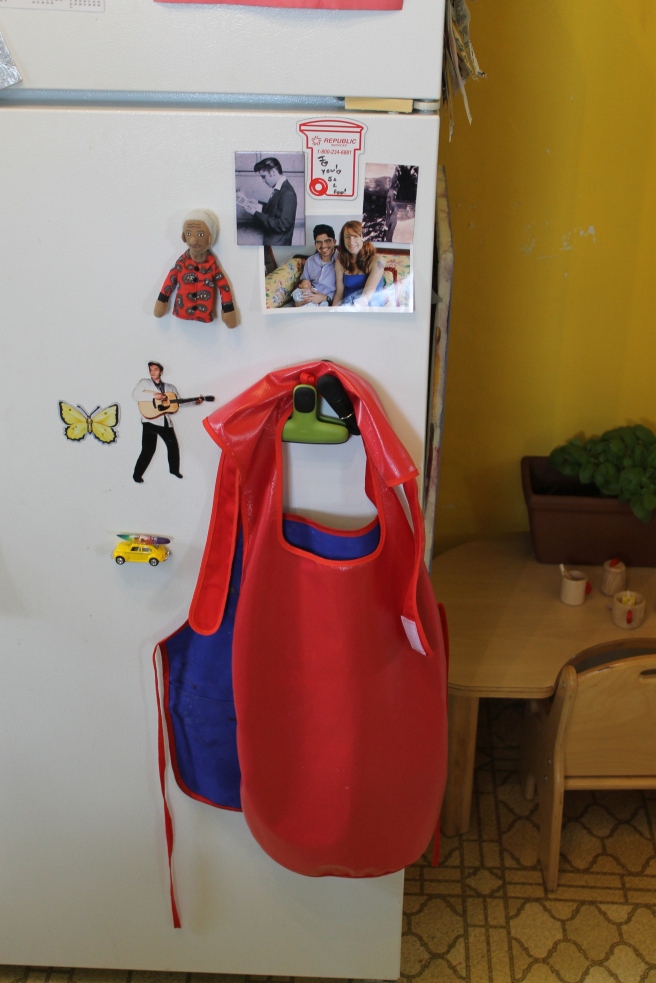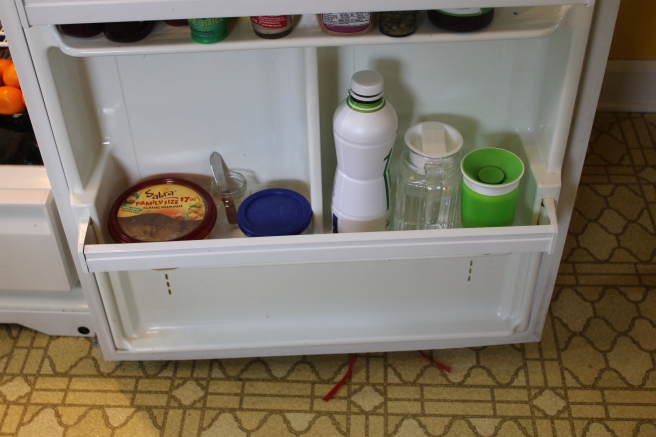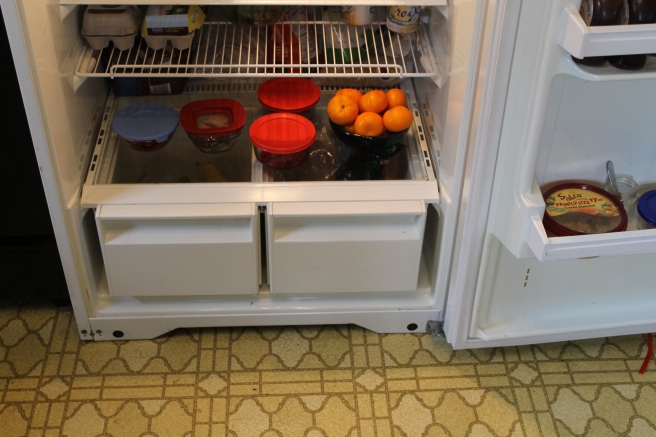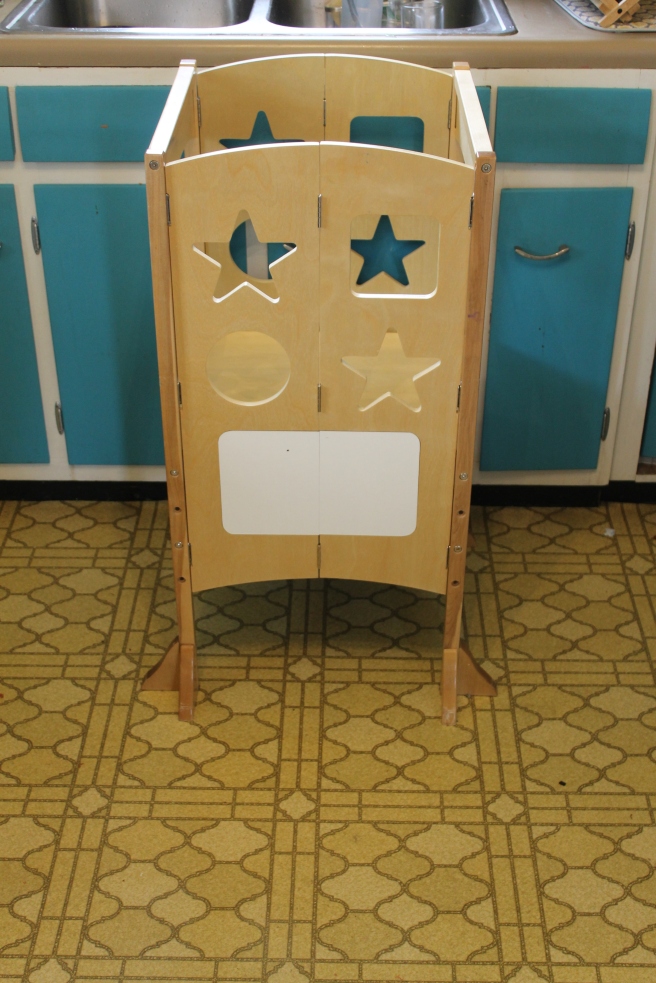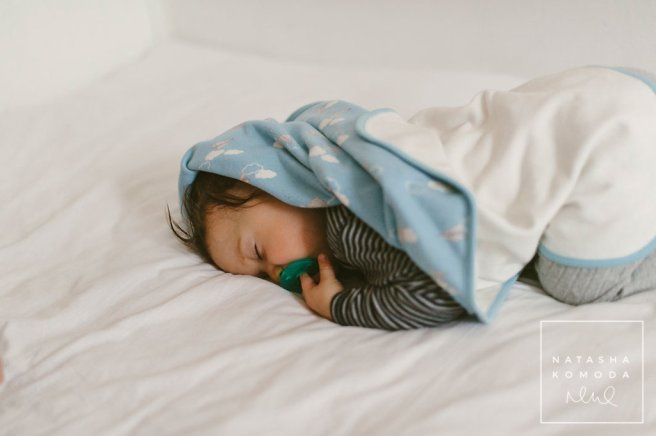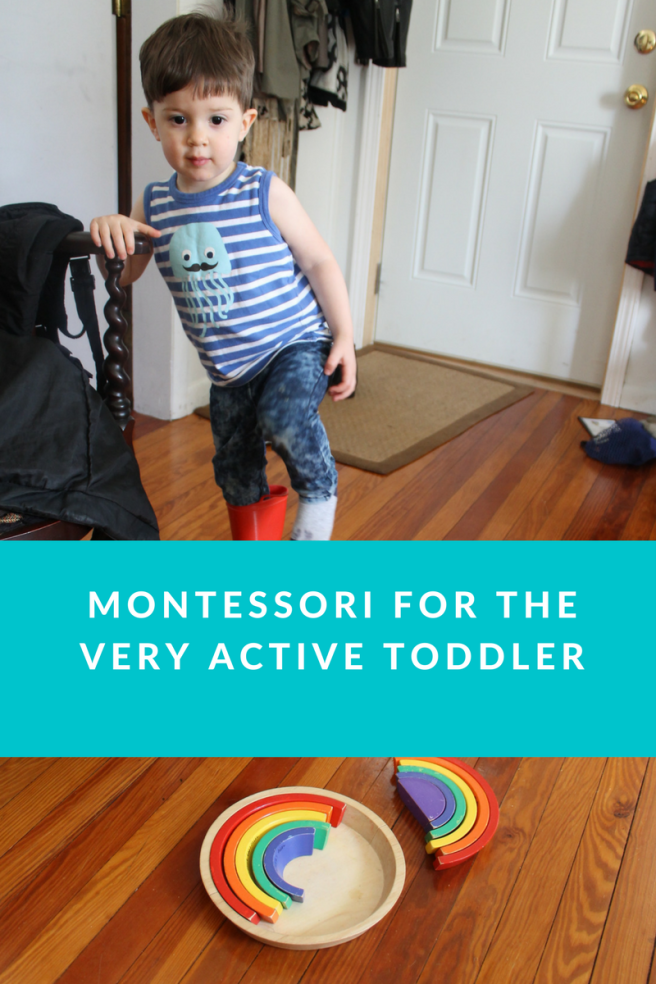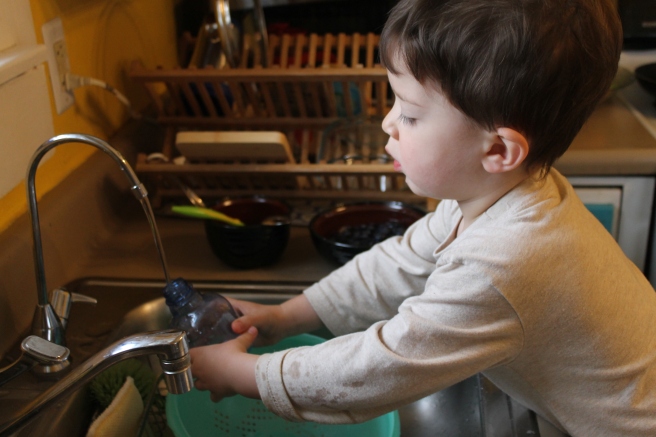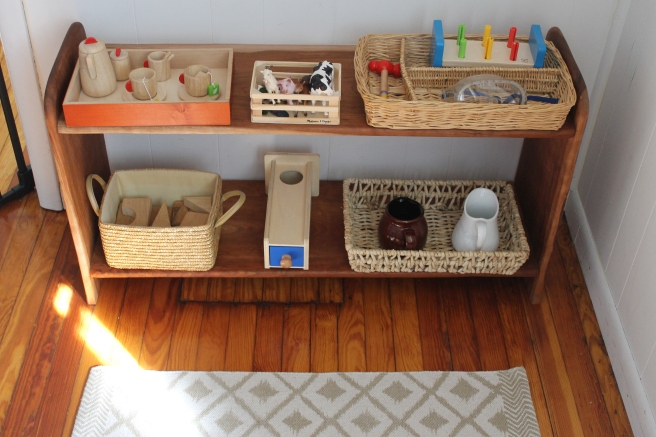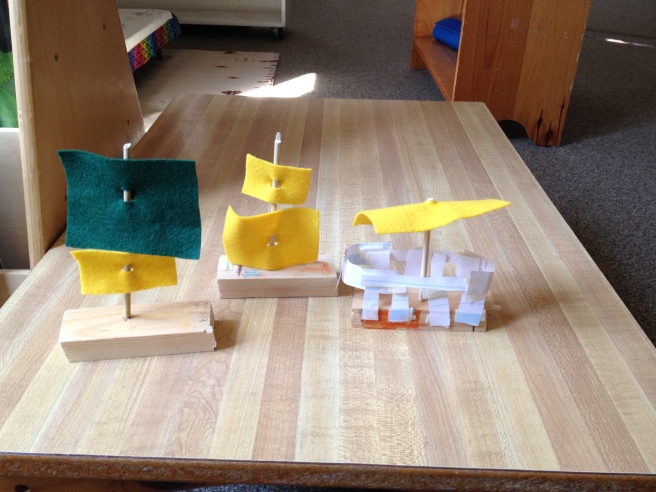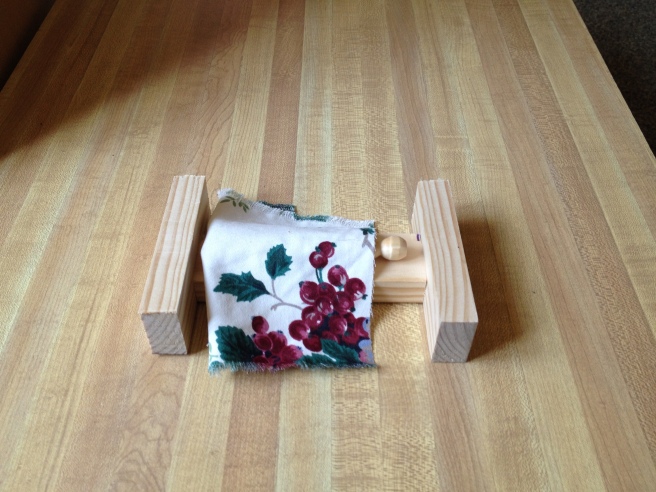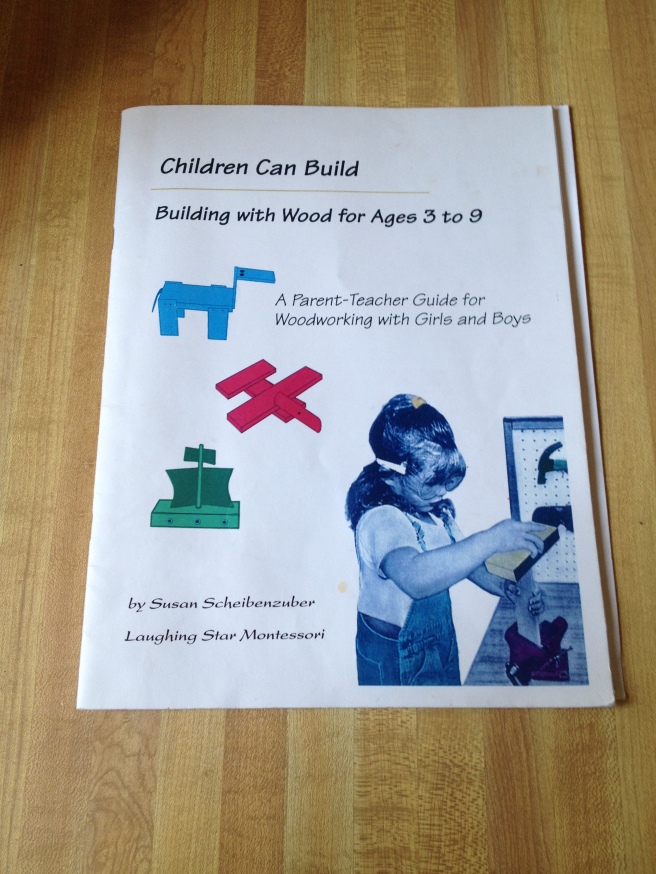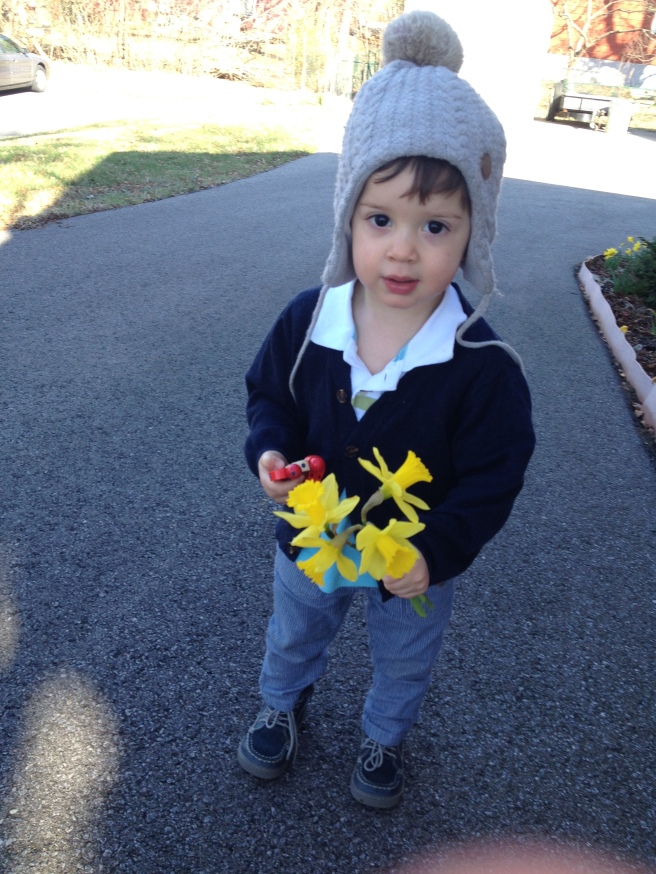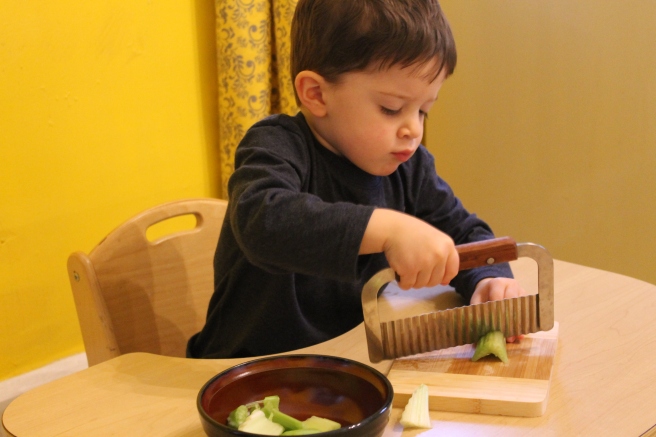
Hello from Kathleen, the blogger who hasn’t blogged in a really long time! It has been a truly interesting last few months as I started work on my masters in Elementary Education degree and I opened a Montessori preschool in our 1,100 sq. ft. home. Whoa!

The new school is called The Children’s House. All of you Montessorians know why, but for everyone else, this was the name of the first Montessori school ever, but the name was Casa dei Bambini since the school was in Italy.
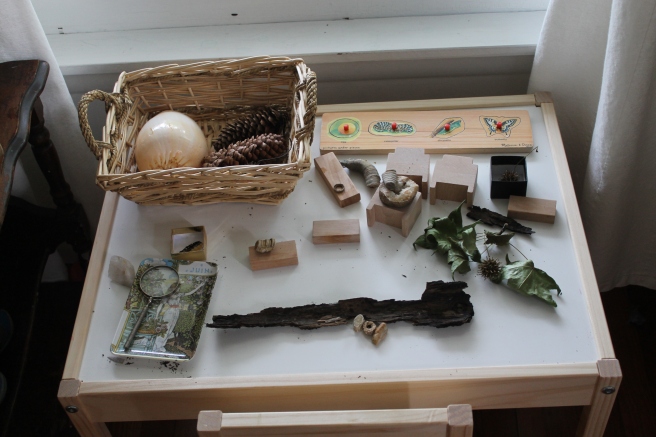
So, why did I leave my amazing job at one of the only Montessori schools in my smallish town? I had worked there for 5 1/2 years with 31 students each year and 2 assistants and while that was so incredibly wonderful, I am ready to work in a smaller environment. I have 6 children and 1 assistant and while many things are familiar, I am blown away at the difference the small group makes. It was one of the hardest decisions I have ever made, but I am loving my new role as head of school/lead teacher/accountant/janitor. Seriously, that sounds like a lot, but I’m actually enjoying learning how to figure my time/space percent for taxes and how to use quickbooks. This is a new frontier and there are challenges, but I’m game.

